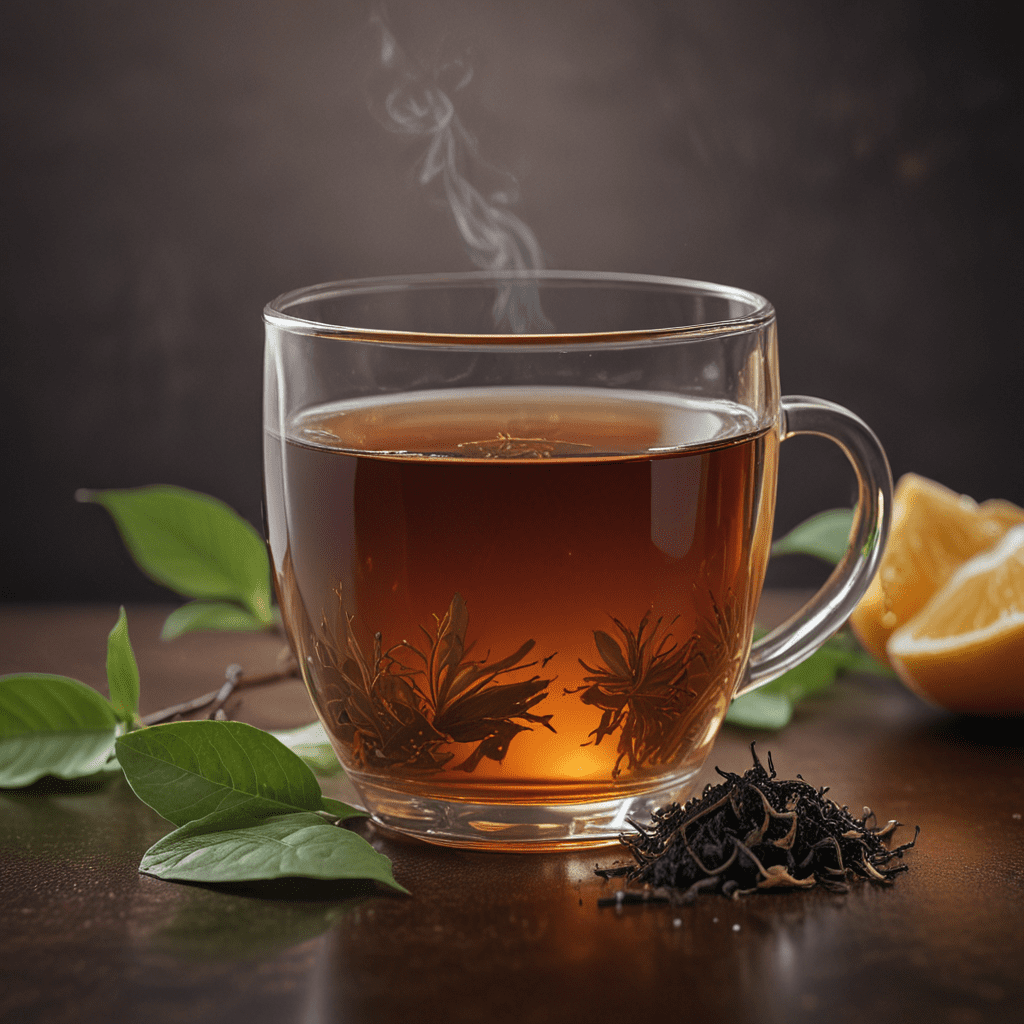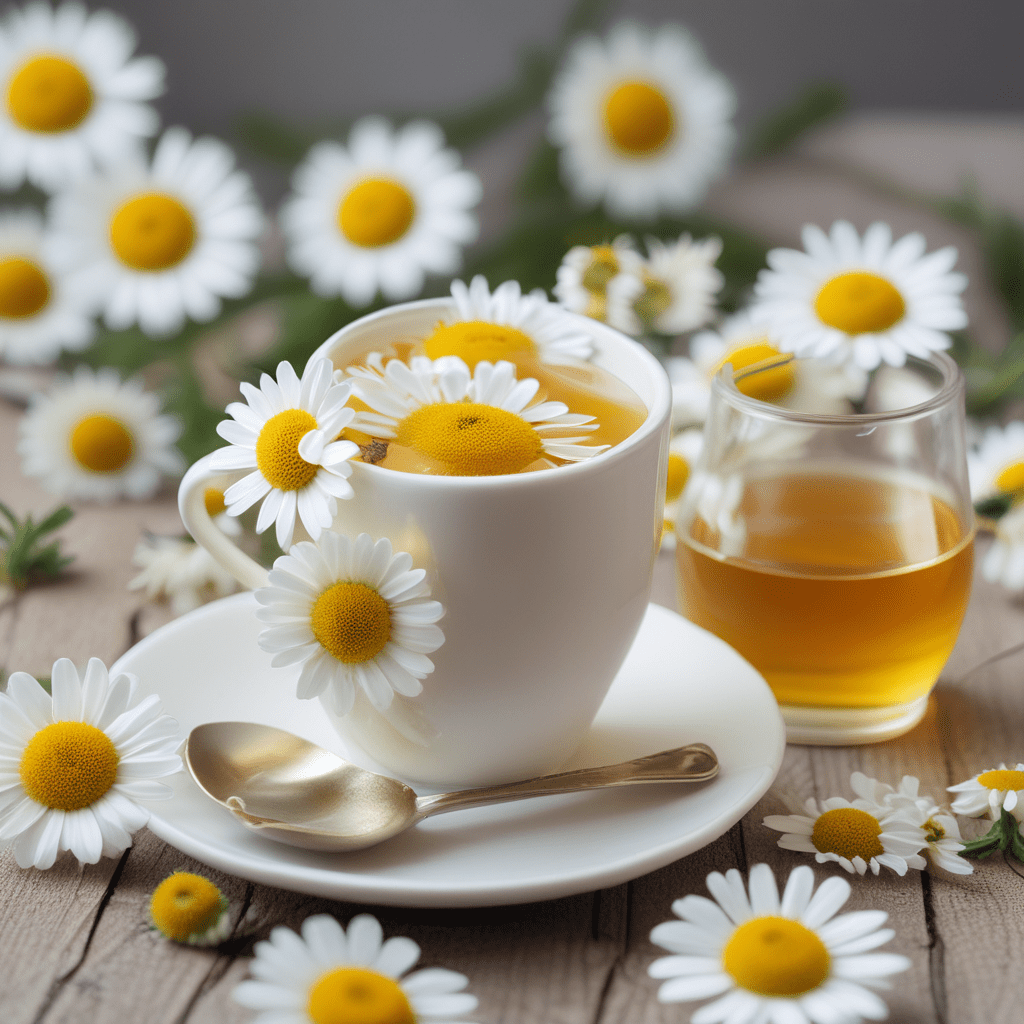Oolong Tea: A Symphony of Flavors
When it comes to tea, oolong stands out as a true symphony of flavors. This unique tea variety strikes a harmonious balance between green and black tea, offering a diverse range of tastes and aromas. Let’s dive into the world of oolong tea and explore the delightful spectrum of flavors it has to offer.
The Origins of Oolong Tea
Oolong tea has a rich history that dates back centuries, originating in China’s Fujian province. Its name, which translates to “black dragon tea,” reflects the intricate processing involved in its production. Oolong tea falls somewhere between green and black tea, undergoing partial oxidation to achieve its distinctive characteristics.
The Processing Methods
The unique flavor profile of oolong tea is a result of expert processing techniques. After withering, the leaves are gently rolled to release their natural juices and aromas. The oxidation process is then carefully monitored before heat-fixing to preserve the tea’s nuanced flavors. The level of oxidation can vary, leading to a wide range of taste profiles, from floral and fruity to toasty and woody.
Flavor Profiles of Oolong Tea
Oolong tea offers a diverse symphony of flavors, making it a delight for the palate. Some oolongs boast floral notes reminiscent of orchids, while others carry fruity hints like peaches or apples. Roasted oolongs offer a nutty and toasty profile, perfect for those seeking a comforting brew. With each sip, oolong tea unveils a new layer of complexity, inviting you to savor every nuanced taste.
Health Benefits of Oolong Tea
Beyond its exquisite taste, oolong tea also offers a range of health benefits. Rich in antioxidants, oolong tea may help boost metabolism, aid in weight management, and promote heart health. The tea’s moderate caffeine content provides a gentle energy boost without the jitters, making it a perfect choice for those seeking a balanced pick-me-up.
Best Ways to Enjoy Oolong Tea
Whether you prefer a floral Tie Guan Yin or a robust Da Hong Pao, oolong tea can be enjoyed in various ways. For a traditional experience, steep oolong leaves in hot water and relish the evolving flavors with each infusion. You can also try cold-brewing oolong tea for a refreshing and subtly sweet beverage that’s perfect for warmer days.
Exploring the World of Oolong Tea
With its diverse flavor profiles and rich history, oolong tea offers a sensory journey like no other. Whether you’re a seasoned tea enthusiast or new to the world of specialty teas, oolong tea invites you to experience the artistry and craftsmanship that goes into every sip. Explore different varieties, brewing techniques, and tasting notes to uncover the symphony of flavors that oolong tea has to offer.
Conclusion
Oolong tea truly stands out as a symphony of flavors, blending tradition, craftsmanship, and taste in every cup. From floral and fruity to toasty and nutty, the world of oolong tea is a treasure trove of delights waiting to be explored. So, pour yourself a cup of oolong tea, close your eyes, and let the flavors whisk you away on a sensory adventure unlike any other.
What is Oolong Tea?
Answer:
Oolong tea is a traditional Chinese tea that falls between green and black tea in terms of oxidation. It offers a diverse range of flavors, aromas, and complexities, making it a popular choice among tea enthusiasts.
How is Oolong Tea Processed?
Answer:
Oolong tea undergoes a unique processing method that involves withering, oxidation, and drying of the tea leaves. The level of oxidation can vary, leading to a spectrum of flavors from floral and fruity to toasty and nutty notes.
What Are the Health Benefits of Oolong Tea?
Answer:
Oolong tea is rich in antioxidants, polyphenols, and vitamins that may help boost metabolism, promote weight loss, improve heart health, and enhance mental alertness. It is also believed to have anti-inflammatory properties.
How Should Oolong Tea Be Prepared?
Answer:
To brew the perfect cup of oolong tea, steep the leaves in hot water at the recommended temperature for the specific type of oolong. The steeping time can vary but generally ranges from 1-5 minutes. Enjoy the delightful symphony of flavors with each sip.

